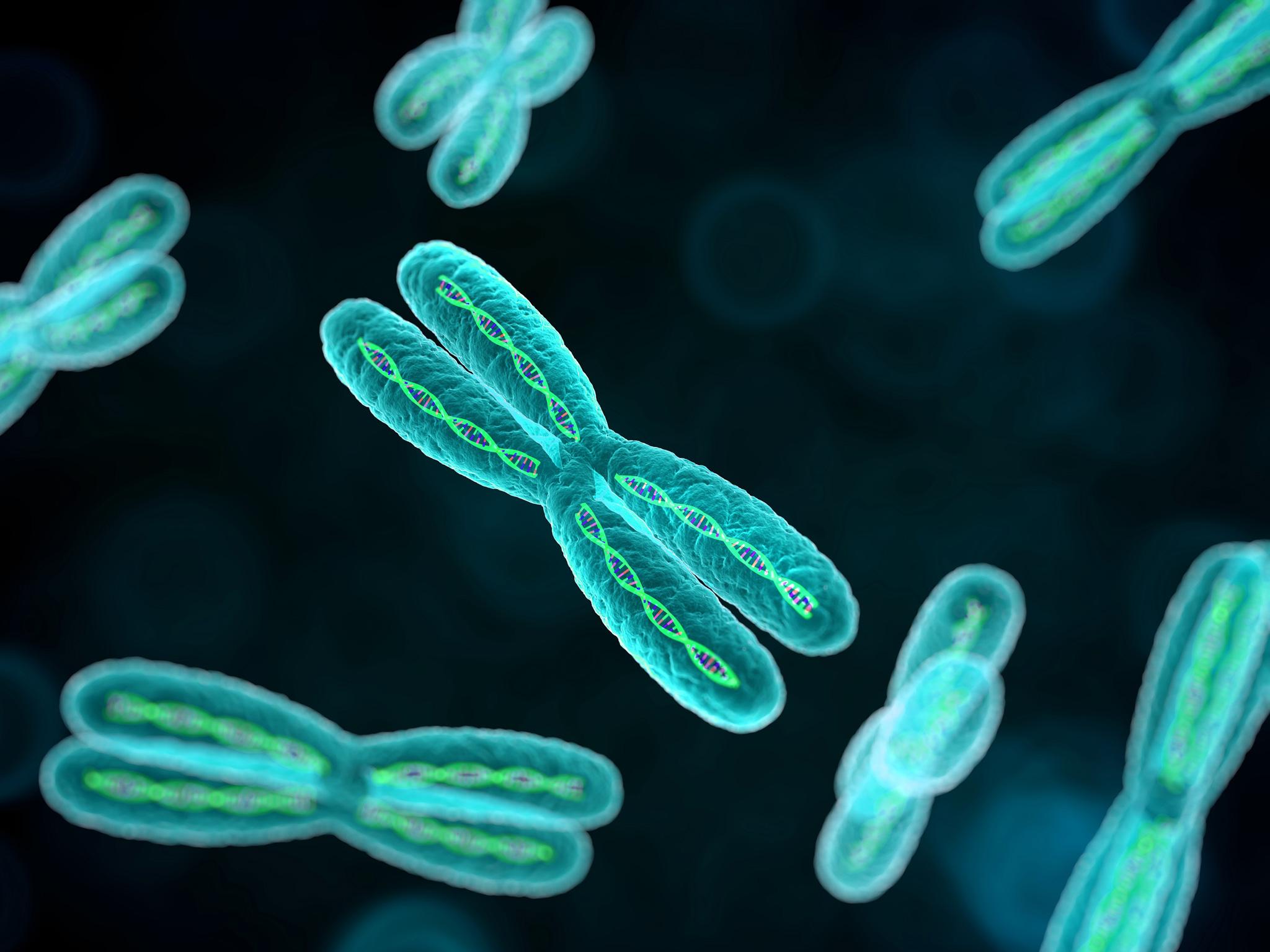Smallest known genome to support a living cell created by scientists
Groundbreaking study involving a chromosome with just 473 genes goes some way to answering the question: 'what is life?'

Your support helps us to tell the story
From reproductive rights to climate change to Big Tech, The Independent is on the ground when the story is developing. Whether it's investigating the financials of Elon Musk's pro-Trump PAC or producing our latest documentary, 'The A Word', which shines a light on the American women fighting for reproductive rights, we know how important it is to parse out the facts from the messaging.
At such a critical moment in US history, we need reporters on the ground. Your donation allows us to keep sending journalists to speak to both sides of the story.
The Independent is trusted by Americans across the entire political spectrum. And unlike many other quality news outlets, we choose not to lock Americans out of our reporting and analysis with paywalls. We believe quality journalism should be available to everyone, paid for by those who can afford it.
Your support makes all the difference.A synthetic chromosome composed of just 473 genes has become the smallest known genome that can support a free-living microbial cell, scientists have announced in a groundbreaking study that goes some way to answering the question: what is life?
The researchers whittled away the genes of a bacterial chromosome until they got down to the minimum set required for life and replication.
They then re-synthesised the genes into a single strand of DNA and “re-booted” a genetically empty cell until it sprang into life once more.
The development has important implications for understanding what is required for a cell to survive on its own, and how its genes might be manipulated to serve commercially useful functions, such as the detoxification of industrial waste or the production of new kinds of plastic polymers.
Scientists have long pondered over the “minimal genome” required for a free-living cell to exist and reproduce successfully, and now they have answered the question by creating one – by tinkering with the existing genome of a bacterium called Mycoplasma mycoides.
The scientists, led by veteran genome researcher and synthetic life enthusiast Craig Venter, selectively eliminated the genes of the Mycoplasma chromosome until they got down to the minimum set required for a cell to survive and replicate.
With just 473 genes and 531,000 DNA bases, the synthetic microbe is smaller than the smallest known natural genome of a related bacterial species called M genitalium which has 525 genes and 600,000 DNA bases.
Once they knew which genes were essential for life, they put them together again in a single chromosome, minus any redundant DNA segments, to produce a “supercharged” microbe which can double in volume every three hours instead of the several weeks needed for M genitalium to double in size.
“We set out to define a minimal cellular genome experimentally by designing and building one, then testing it for viability. Our goal is a cell so simple that we can determine the molecular and biological function of every gene,” said the scientists, writing in the journal Science.
The latest development builds on a breakthrough in 2010 when Dr Venter and his long-term collaborator Clyde Hutchison managed to create the first synthetic microbe from an artificially manufactured microbial chromosome from one Mycoplasma species, which was used to “re-boot” the empty cell of another Mycoplasma species.
The synthetic life form was called JCVI-Syn-1.0 after the J Craig Venter Institute in San Diego, California.
The latest microbe is called JCVI-Syn-3.0 and about two-thirds of the genes in its minimal genome have known functions, such as being involved in the vital tasks of reading and expressing the genetic information stored on the bacterial chromosome.
However, the scientists have yet to work out the function of the remaining third of the genes which make them so critical for life.
Join our commenting forum
Join thought-provoking conversations, follow other Independent readers and see their replies
0Comments